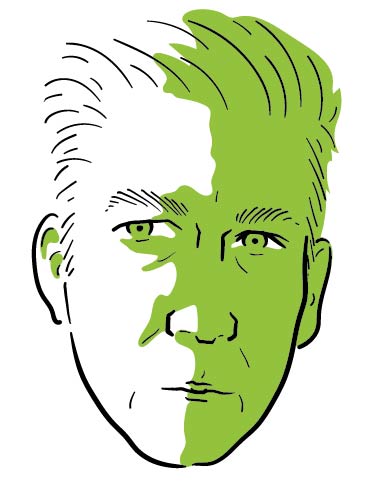
In the early 1940s, a full two decades before French intellectuals identified postmodernism as a self-reflexive, intertextual, metahistorical, and metafictional way of approaching art, literature, the media, and the world at large, America seemed on the verge of beating them to the punch.
After the mayhem, violence, widespread poverty, political confusion, and paranoia that marked the first decades of the 20th century, from an American perspective, the world had suddenly become a much more complicated and absurd place. The First World War, the Great Depression, the first Red Scare, Prohibition, the rise of Hitler, and the slow, inevitable build-up to World War II had all taken their toll on the national psyche. The results were only exacerbated as Dadaism, Surrealism, and Freud began quietly infiltrating the mainstream.
The idea of a consciousness that could represent a chaotic and densely interconnected world was reflected early in European literature, music, and painting via the likes of Joyce, Céline, Stravinsky, Schoenberg, Picasso, and many others. What constituted meaning and narrative were not only being questioned but, in certain circles, tossed out the window. It took a few more years for these ideas to filter down to a more low-brow crowd.
In American popular cinema, this growing perception of the world was beautifully, if crazily and sloppily, expressed in what would be the last true W.C. Fields film, 1941’s Never Give a Sucker an Even Break. With drinking taking an increasing toll on Fields’ reputation within the industry (as well as his ability to perform after noon), Fields wrote a film in which he plays himself as a once-respected comic giant who no longer gets any respect from anyone. Worse, it’s clear his once-sharp talents are beginning to fade.
Sucker is a film painfully aware not only of its star’s offscreen persona, but one also deeply conscious of itself as a film, and a film within the context of a much broader movie industry. It cuts seamlessly and without warning between Fields’ efforts to pitch a new script to an increasingly reluctant producer (Franklin Pangborn, also playing himself), the actual (awful) film that would result from the script the producer is reading, and Fields’ niece’s attempts to rehearse a song for still another film while a set is being built around her. In the process Fields breaks the fourth wall to complain about the censors. He toys with the myth of fame, and lays bare the muddy mechanics of the movie industry, deliberately leaving audiences confused and dissatisfied with an ending that’s hardly any ending at all. The film may have seemed to some audiences and critics a gloriously unholy mess, but Fields knew exactly what he was doing, and became the first major...
You have reached your article limit
Sign up for a digital subscription and continue reading all new issues, plus our entire archives, for just $1.50/month.
Already a subscriber? Sign in





